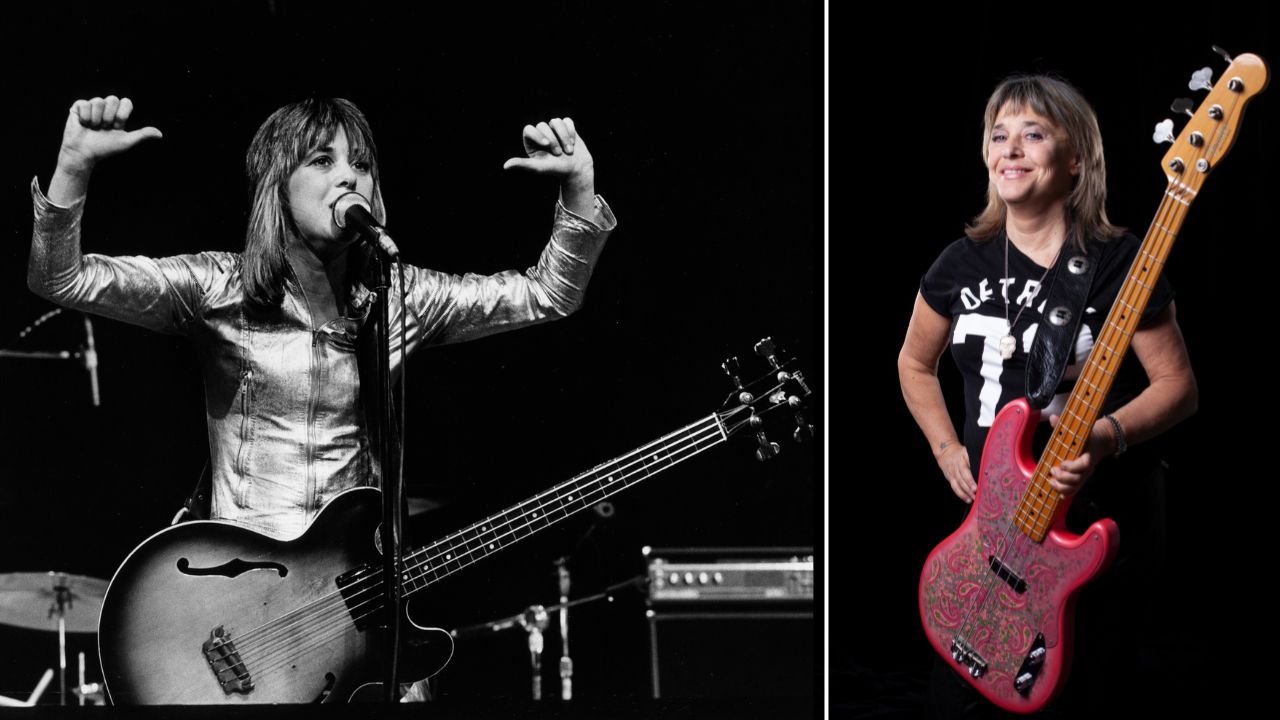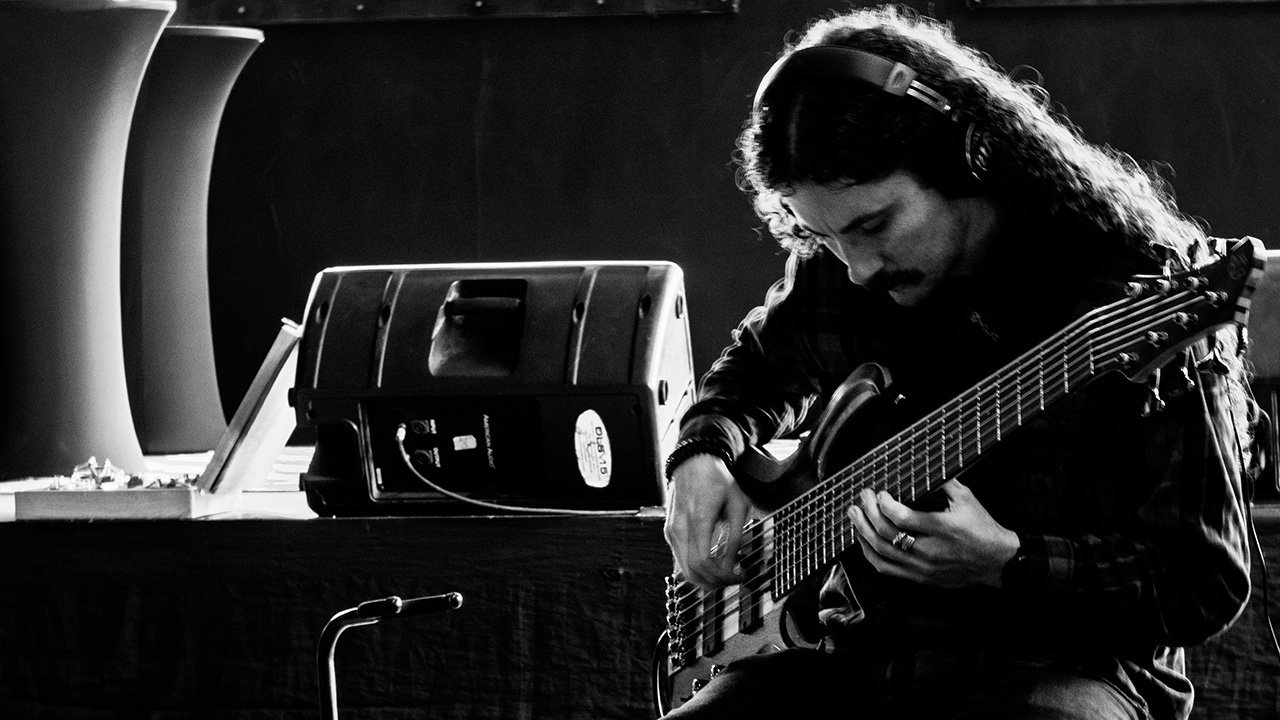“Jamerson pushed the intercom button and said, ‘Not bad for a white chick!’” How Suzi Quatro cut her teeth on Motown hit-maker James Jamerson
Suzi Quatro’s soul and Motown-influenced rock bass playing made her a huge star throughout the 1970s and beyond

Born in Detroit in 1950, fame first came calling for Suzi Quatro when she moved to the UK in 1971, having been spotted by producer Mickie Most on a night off from recording Jeff Beck at Motown.
Hit singles followed and Quatro's bass skills evolved fast. “First I played using my thumb like a pick,” Quatro told Bass Player. “And then a bass player from a local band came over and showed me fingers on the song Money.
“That was great because my thumb was bleeding! I could read and write piano and percussion already, so I knew my chords and scales, and it wasn't a huge jump to another instrument. I didn't find it too difficult.”
Assisted by the songwriting team of Mike Chapman and Nicky Chinn, who had composed songs for The Sweet and other glam-rockers of the day, Quatro scored 10 hit singles before the 1970s were out and became a major star in her adopted country.
Check YouTube for footage on Top Of The Pops in 1974, when she played Devil Gate Drive assisted by a Fender P-Bass. “I used Mickie Most's white Precision for Top of the Pops, because it contrasted against the black suit I was wearing.”
Quatro cites James Jamerson as her primary bass influence. “My party trick is to say to any bass player, ‘I'm going to put on How Sweet It Is by Marvin Gaye for 10 seconds and then I want you to hum me the bassline.’
“What they hum will be completely wrong. They hear 10 times the notes that Jamerson plays. He leaves big gaps. You think it's walking all the way through, but he isn't. It’s hard to improve on what he did, because you’re talking perfection.
All the latest guitar news, interviews, lessons, reviews, deals and more, direct to your inbox!
“I actually met him in the Motown studio when I was 16. I was showing off on the bass guitar while they took a break, and Jamerson pushed down the intercom button and said, ‘Not bad for a white chick!’ Then he said, ‘It's not what you play, it's what you don't play,’ and I never forgot that.”
So what is Quatro best known for these days? In America, it's quite possibly her stint on Happy Days from 1977 to 1979, where she appeared toting a bunch of basses that would fetch a huge price nowadays, even if their sound quality wasn't exactly hi-fi.
“I played a Hagstrom and my Gibson EB-O on Happy Days, because it was authentic to the period. Live, though, it didn't quite have the balls. It's OK if you're doing an unplugged thing.”

Asked about the role, she told Bass Player: “They’d had the part in mind for a long time, but couldn’t cast it: they needed somebody who could act and sing, and was vulnerable but tough: all together. Then the casting director went into her daughter’s bedroom, and my picture on the cover of Rolling Stone was on the wall. And she said, ‘Who is that? That’s who we’re looking for.’”
“Doing the show was fantastic – absolutely great. I did 15 episodes and figured that was enough, because I didn’t want to be forever typecast as Leather Tuscadero. It was a wonderful role: I was the female Fonz.
“I got told by the secretary years later – and of course Paramount didn’t tell me this at the time, because I would have raised my price – that aside from Henry Winkler I got the most fan mail. Isn’t that wonderful?”
Quatro still looks back fondly on the ’70s. “That decade was one of the last great eras for individual bands. It was an interesting time for music because every band had a different image. Musicians knew that you had to go out and do eight million shows. It showed in the music. That’s why it’s still a popular era. It wasn’t created in the studio, it was created by the musicians.
“Listen to Can The Can. I screamed. I sang. You hear it. It’s exciting – you can’t create that in a studio!”

Nick Wells was the Editor of Bass Guitar magazine from 2009 to 2011, before making strides into the world of Artist Relations with Sheldon Dingwall and Dingwall Guitars. He's also the producer of bass-centric documentaries, Walking the Changes and Beneath the Bassline, as well as Production Manager and Artist Liaison for ScottsBassLessons. In his free time, you'll find him jumping around his bedroom to Kool & The Gang while hammering the life out of his P-Bass.


